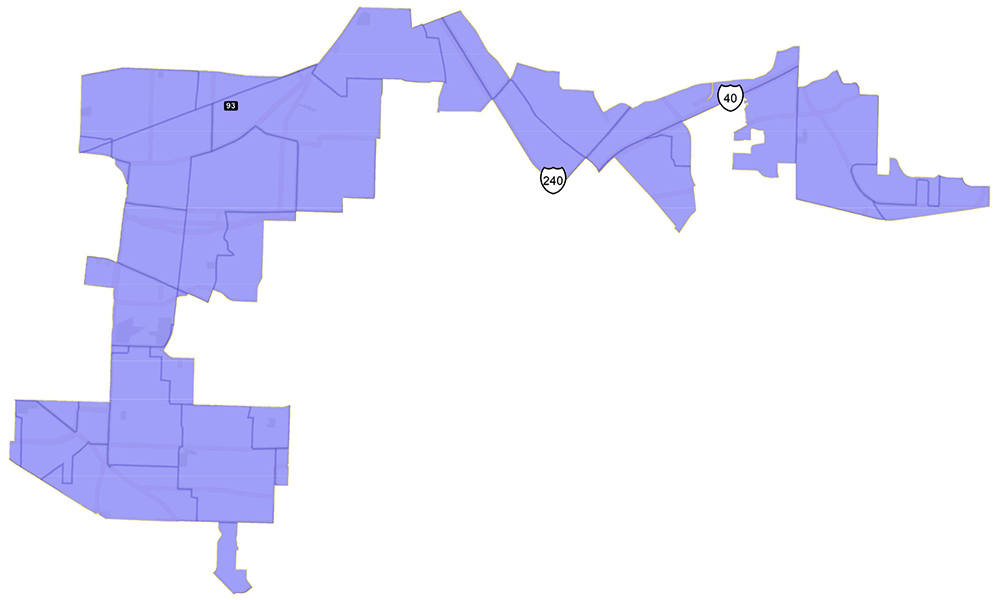Within the week, a newly reconvened General Assembly will consider new district lines for the state House of Representatives, the state Senate, and the state’s congressional delegation.
As of this writing, only the outlines of the proposed new House have been revealed, though the same general principles will doubtless hold for the Senate and congressional seats.
To go by the legislative Republicans’ previously released House map, the boundary lines of districts are not geopolitical; that is, they do not reflect obvious community clusters and contiguous territories as such.
They are political only in the electoral sense. They represent an effort to maximize the power of the GOP supermajority at the expense of the opposition, Democrats. They zig and zag across community lines, splitting ethnically cohesive population areas as deemed necessary to accomplish that purpose. In other words, they are gerrymandered.
The word “gerrymander” derives from the name of one Elbridge Gerry, who, according to Wikipedia’s account, “as Governor of Massachusetts in 1812, signed a bill that created a partisan district in the Boston area that was compared to the shape of a mythological salamander.”
Several of the GOP’s proposed new House districts in Shelby County run west to east and have an arguable resemblance to the shape of a salamander. (See illustration.)
The root fact of the next House delegation from Shelby County is that it will number 13 members, as against the current 14. In one sense, the change is accounted for by the proposed transfer of House District 90, currently represented by freshman Democrat Torrey Harris, to Middle Tennessee. Harris’ abode is now in District 91, represented by fellow Democrat London Lamar.
That the county was to lose one of its existing representatives was made inevitable by the continuing shift of population density from West to Middle Tennessee, as revealed by the 2020 census.
But, whereas the Shelby County population in the decade of the 2020s will be measurably more African-American than that of the previous decade — an estimated 54.3 percent as of now, compared to the earlier 51.2 percent — the ratio of Democratic districts to Republican ones seems certain to be less rather than greater.
This is despite the fact of the well-documented proclivity of Shelby County’s Black population to vote Democratic rather than Republican.
In other words, the GOP legislative supermajority, whose votes will determine the final district lines, will ensure that Shelby County’s majority party, the Democrats, will bear the sacrifice of the lost House seat, not the minority Republicans.
This is the opposite situation from that, say, of the newly reapportioned 13-member Shelby County Commission, where the existing Democratic majority of eight voted in favor of a new map likely to increase the number of Democrats to nine.
Like they say, politics is politics.
The Voting Rights Act of 1965 ordains that the number of “minority majority” (i.e., Black) districts cannot be reduced within a specific area. Accordingly, the number of such districts in Shelby County, nine, will be the same, though one of the nine will be the reapportioned District 96, represented now by a white candidate, Democrat Dwayne Thompson. Black Shelby County residents will have gained a slim population majority in the new district, though the popular Thompson has good chances for re-election as the county’s only white Democrat in the House.
Regardless of how that turns out, there will be one fewer House Democrat from Shelby County, and very possibly one fewer Black Democrat.
The Democrats will very likely turn to the courts for potential redress.
